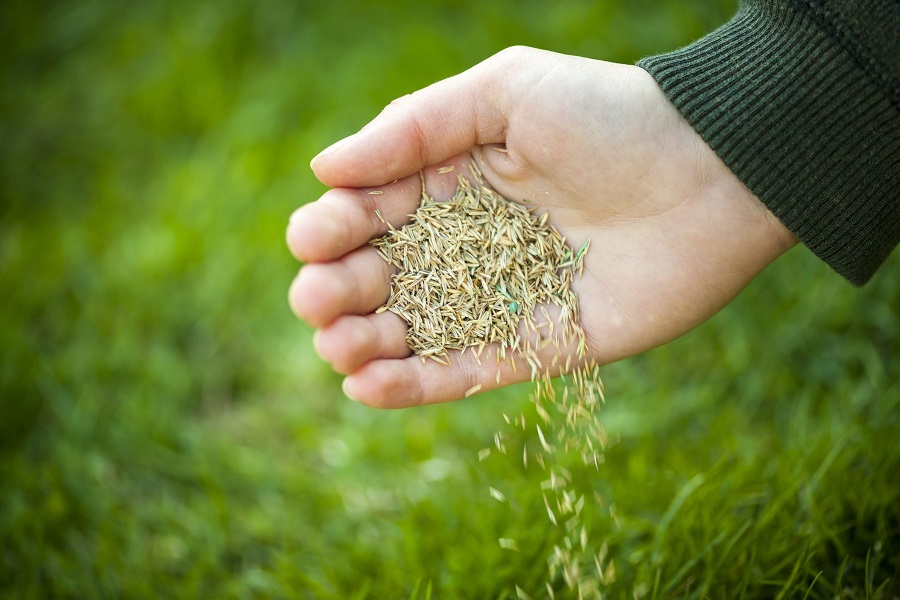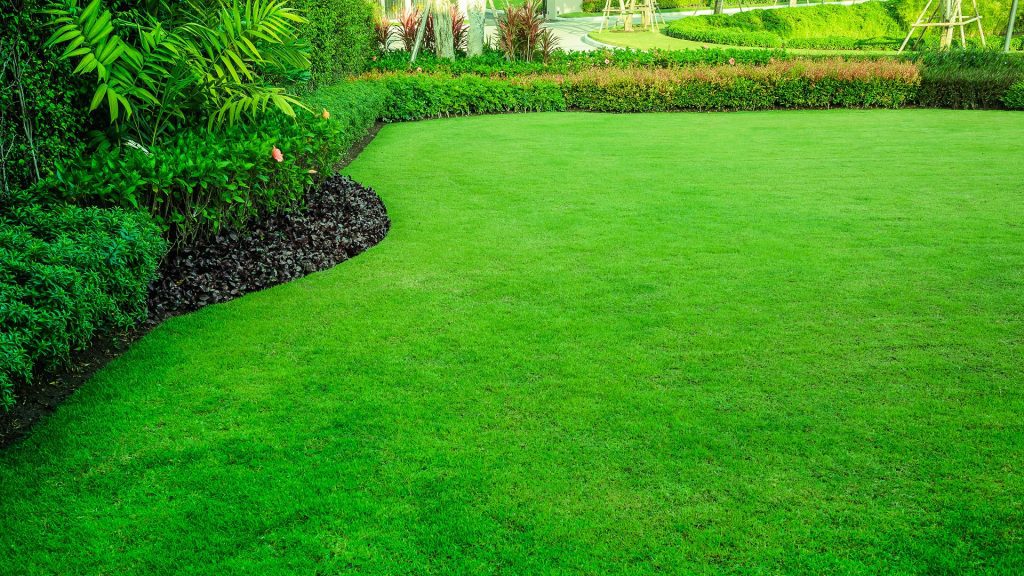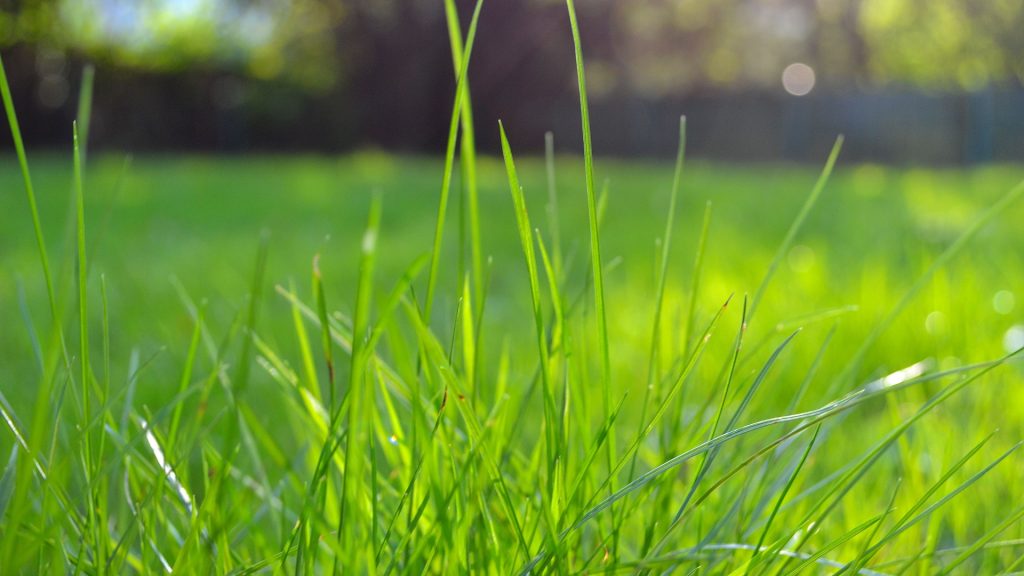
Slice Seeder vs Overseeder: Which is Best?
Our lawns go through a lot, whether it’s a harsh and dry summer or a lack of maintenance and care on our part.
Occasionally, you’ll need to reseed an old lawn to get it back to its former glory, and the two most common tools to do this are the slice seeder and the overseeder.
Is a slice seeder better than an overseeder? A slice seeder is a device that slices into the earth and throws the seed in, helping it make contact with the soil. An overseeder is operated over the existing grass where it drops seeds on top, saving the operator from doing it by hand. In the slice seeder vs overseeder debate, it all comes down to the gardener and what they prefer for their lawn.
We’ll weigh up their pros and cons plus see how they differ where it matters, so you can make the right decision with all of the facts.
What is an Overseeder?
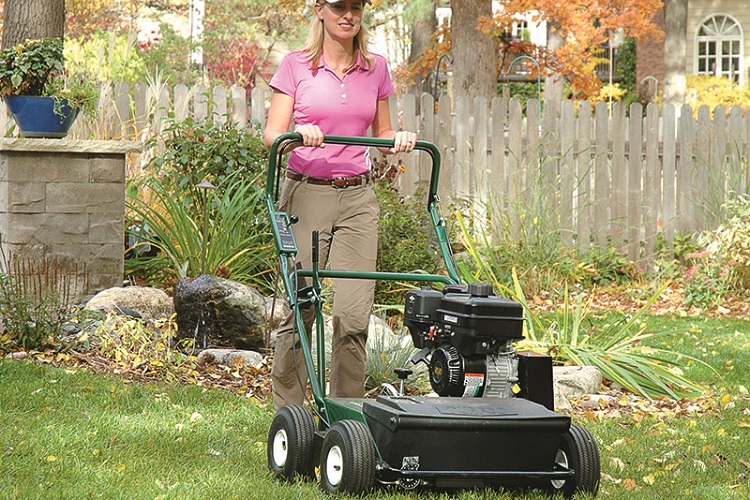
An overseeder is a simple gardening device that does just what its name suggests: it overseeds. This means, the seeds are broadcast over the top of the existing grass from the overseeder, as the operator pushes or pulls it along with them.
The seeds are filled into a large hopper and the operator holds onto a handle as it directs the overseeder where to go.
The Pros
- This seeding process takes time, but is still easier than most other broadcast methods and will guarantee an even spread. If you want to use gentle methods on your lawn and don’t want it to look damaged, an overseeder is the best approach.
- Cost-wise, it’s cheaper to purchase an overseeder, and it’ll last for years of regular use. As there’s no motor or engine, you can maintain them cheaply and easily as well, so they’re a quality gardening device to have.
The Cons
- To utilize an overseeder more efficiently, experts recommend aerating the lawn first as this can open up holes for the seeds to enter. This means you’re doing twice the work for the same job, so it can take a whole day to reseed your lawn.
- There is some wastage of seeds using an overseeder, especially if you don’t aerate first. Although they’re spread evenly, there’s also no guarantee that they’ll reach the soil, so it can be risky.
What is a Slice Seeder?
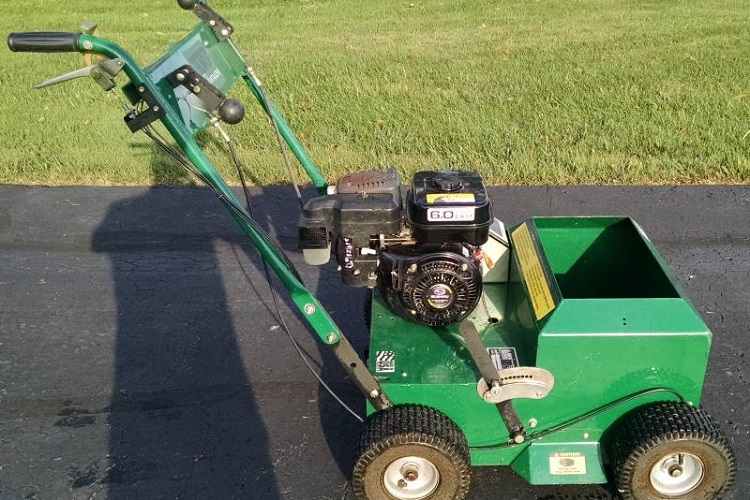
A slice seeder is another device that clues you into its operation with its name, slicing the ground and placing seeds into the holes.
They feature a number of blades that cut into the earth to suit the size of the seed you’re planting, so that the seed makes direct contact with the soil when it’s thrown down.
The operator pushes or pulls the slice seeder which features a motor, much like a lawnmower does, and it scatters the seeds from the hopper after slicing into the earth.
The Pros
- Having a device that aerates for you means you can get the job done in record time. There’s no need to go over it twice or make holes first as your slice seeder is doing it all.
- Because the device opens up the soil, the chance of germination is much higher using a seed slicer. The seeds come into direct contact with the soil and they can’t be washed away or wasted which means you’re utilizing each one.
The Cons
- Because of the sharp blades, you’ll find that the slice seeder does a lot of damage to your lawn in the process of planting seeds. If you want to keep it pristine and prefer gentler gardening methods, it’s not right for you.
- The ability of the slice seeder to spread grass seeds so easily is also a downfall when it comes to weeds. Some people find that the slicer spreads weed seeds all over their lawn with its cutting action, which leads to more problems later.
Slice Seeder vs Overseeder: Their Key Differences
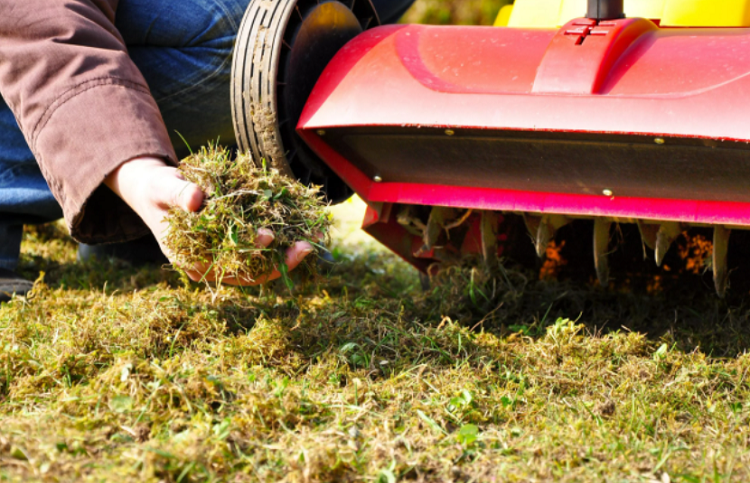
The best way to gauge the difference between these two methods is by looking at how they directly compare. If you’re still on the fence about whether a slice seeder or overseed approach is best for your lawn, these should help.
- A slice seeder gives a more even planting of seeds whereas overseeding can waste more of them because of how they’re thrown. However, this also means that weeds can be spread more easily by the slice seeder as well.
- A slice seeder guarantees better soil contact with the seeds, compared to an overseeder which spreads them all over the lawn.
- A slice seeder can damage your lawn and will noticeably change the look of it as it slices through the ground, whereas an overseeder will leave it looking the same.
- A slice seeder does both aeration and planting of seeds, but your overseeder will require you to aerate the soil before you use it.
Hiring Seeders vs Buying Them

There was once a time when hiring gardening tools seemed to be the smartest and most economically friendly approach, but those times are changing.
Today, you can find good value gardening supplies like overseeders and slice seeders for a much cheaper price and built with great quality.
As you’ll likely only use an overseeder or lawn slicer once a year, it may seem logical to hire one. However, having one on hand can be a huge convenience, and it ensures you buy one that suits your exact preferences.
We recommend weighing up the options and seeing what costs you’d be looking at each year to hire a seeding device versus buying them new and making your decision from there.
Which One Is Best For Your Lawn?
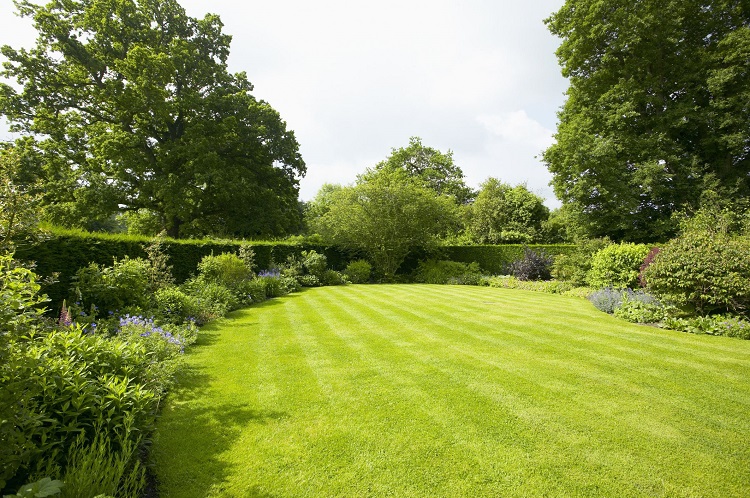
There’s no sole winner when it comes to lawn tools like this, as each one serves a unique purpose and would suit a certain type of gardener. You’ll have to consider what it is you’re looking for in a tool that can help you reseed your lawn and then let that guide you to your answer.
Considering lawn maintenance is a year round job renting vs buying is also a consideration worth taking into account.
If you’re looking for something gentle on your lawn and easy to operate, an overseeder is the way to go. However, you will still need to aerate and dethatch before using it to guarantee the best results.
For those who prefer the power to come from the machine they use, a seed slicer may be best. They slice into the earth and give the grass seed the best chance possible for germination, even if they do a bit of damage along the way.
When it does come time to start the reseeding process, keep in mind you’ll need to repeat it between four and six times to ensure that the seeds have been spread evenly.
Having to put in this much effort might sway some people to choose one of these devices over the other, so consider how it’ll be used before you jump in and buy.
Seed Your Own Way
Every lawn needs a touch-up occasionally and one of the best ways to get it looking good is by planting a few more grass seeds.
Whether you choose an overseeder or slice seeder, you’re going to get great results and a much more luscious lawn once the seeds finally start to sprout.
Related Questions
Planting new seeds on your lawn is essential if you want better grass coverage but it can take a lot of effort as well.
To ensure you’re doing it right, check out these commonly asked questions about grass seeds and how to plant them, and teach yourself the basics.
Do You Need a Spreader for Grass Seed?
Although you can spread grass seed by hand, it’s recommended to use a spreader for better results.
Spreaders ensure that the seeds are evenly spaced and they can reduce the effort it takes to throw them around the yard by hand, so it’s worth investing in one that suits your preferences.
Should I Put Topsoil Over Grass Seed?
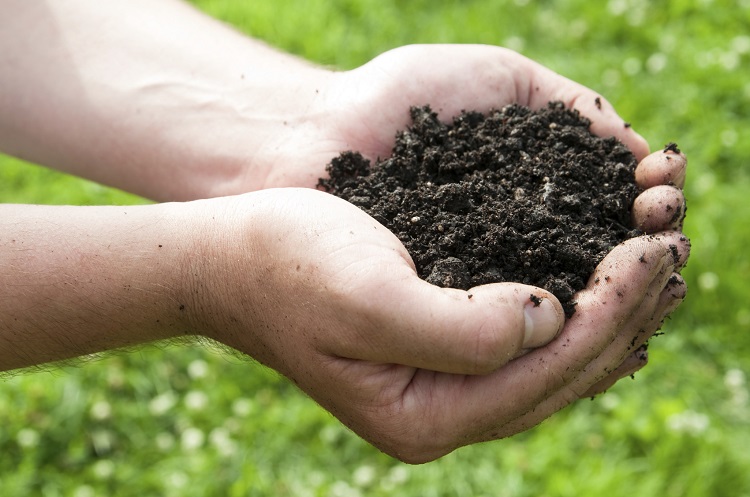
If you’re planting grass seeds, there’s no need to cover them with a layer of topsoil once you’re done.
As long as the seeds have come into contact with the soil, by using methods like aeration and raking, the seeds should have no issue reaching the earth and starting the germination process.
Do You Have to Rake in Grass Seed?
There’s no need to rake in grass seed for it to grow well, but most experts would recommend it. The additional step of raking the seed ensures it makes contact with the soil which gives it a better chance to germinate.
Otherwise, methods like aeration and using a slice seeder can yield good results.
Resources:
